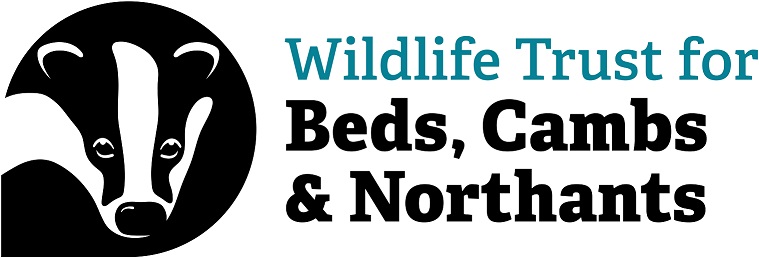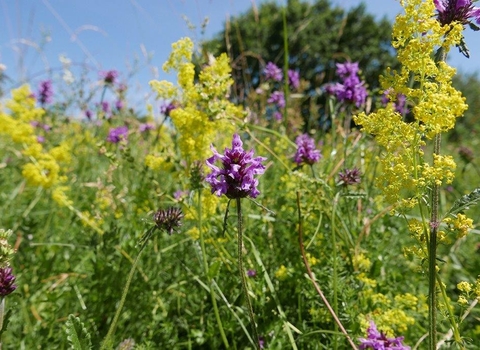Woodland management works in Ansett’s Wood are now scheduled for Jan/Feb. During this time there will be occasional restrictions on parking in Stone Bridge Lane to enable large forestry machinery to be delivered / collected and also for collection of timber. Please check our ‘know before you go’ page for up to date details of parking restrictions and please follow signage on site to enable the work to be finished as soon as possible.
Tree felling will be taking place to enable us to make the site safe and enable us to provide permissive access once again. This will be a considerable change to the woodland, and we will be re-planting lot of new trees in 2026 to provide a wildlife and people friendly woodland that will be more resilient to ongoing effects of climate change. We will be welcoming members of the public to come and help us with planting later on in 2026.
Cowslips at Fulbourn Fen by Mark Ricketts May 2013
Know before you go
Dogs
When to visit
Opening times
Daylight hours onlyBest time to visit
Spring and summerAbout the reserve
The old meadows here have a high diversity of plants and insects. Six species of orchid have been recorded in the varied grassland lying over complex geology and archaeology, while the woods shelter the reserve and harbour birds and fungi.
The sweeping boughs of two old oaks grace Ox Meadow, where cowslips carpet the ground in spring. This is the driest meadow and the chalky soil supports calcareous grassland, where sprays of lady’s bedstraw and purple flowers of stemless thistle bloom among the anthills. In adjoining Moat Meadow, the defensive earthworks of a Medieval manor house are a reminder that the old village of Fulbourn once lay over much of the site.
In East Fen, the wettest meadow, thousands of orchids bloom in early summer. Chalk-laden water from higher ground drains onto this fen and the lowest areas are wet year round, making perfect conditions for fen vegetation such as rushes and water mint. Humps and dips created by freezing and melting during the last Ice Age increase the range of habitats. Early marsh and southern marsh orchids thrive here, sending up tall purple flower spikes in spring – our annual orchid count shows that thousands bloom here. In summer lizards and grass snakes sun themselves on the grassy tussocks. In winter snipe probe the soft mud for invertebrates.
Chiffchaff and great spotted woodpeckers live in the wood, while kestrels hover over the grass hunting for voles and crickets.
The meadows are grazed with sheep and cattle, and we lay the hedgerows to maintain their size and encourage nesting birds.
Additional information
- This nature reserve is part of the Cambridgeshire Chalk Living Landscape.
- Scroll down to see the reserve boundary. Please note the boundary map is for indication purposes only and does not show the Wildlife Trusts definitive land boundary.
FOR ANY MEDIA ENQUIRIES PLEASE CONTACT OUR COMMUNICATIONS TEAM: communicationsteam@wildlifebcn.org or 01954 713500 and ask for comms team.
Contact us
Environmental designation
Location map
The Oak Tree - Fulbourn Fen
This is a short film about an ancient oak tree in Ox Meadow, part of Fulbourn Fen Nature Reserve, featuring interviews with local people in which they share what this tree means to them and what makes it special.
The film was made by Wildlife Trust BCN member and volunteer John Cooter-Baker, with the help of fellow members of the University of the Third Age (Cambridge) Moviemakers Group.

